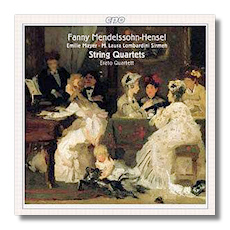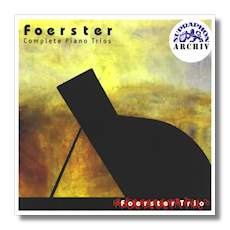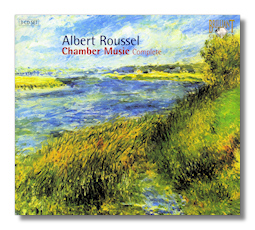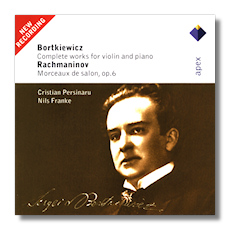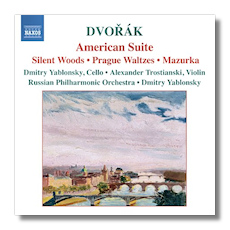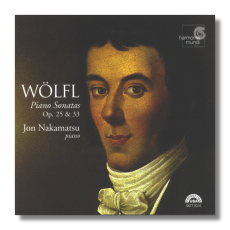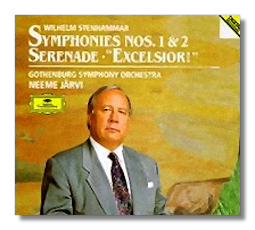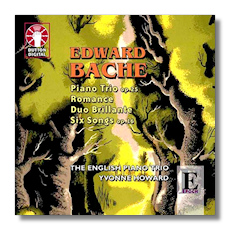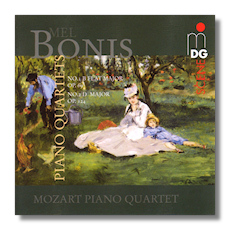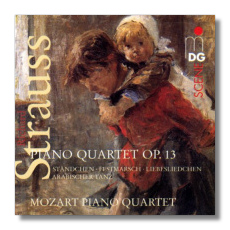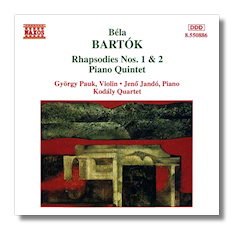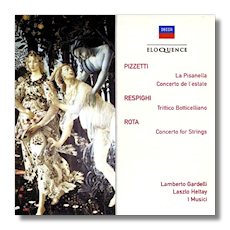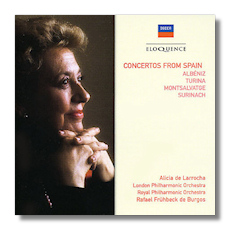
Isaac Albéniz
(1860-1909)
Rapsodie española, Op. 70 (arr. Halffter) 1
Joaquín Turina
(1882-1949)
Rapsodia sinfónica, Op. 66
Xavier Montsalvatge
(1912-2002)
Concerto Breve for Piano & Orchestra (1953)
Carlos Surinach
(1915-1997)
Piano Concerto (1973)
Alicia de Larrocha, piano
1 London Philharmonic Orchestra
Royal Philharmonic Orchestra/Rafael Frühbeck de Burgos
Decca Eloquence 4762971 75:35
The Albéniz and Turina works are short entrées to the two longer concertos. Despite its title, Montsalvatge's Concerto Breve runs about 25 minutes and is a very genial affair that wears its Spanishness lightly. The Surinach is more dramatic and fiery. The sound for all four works is as you'd expect from Decca originals.















